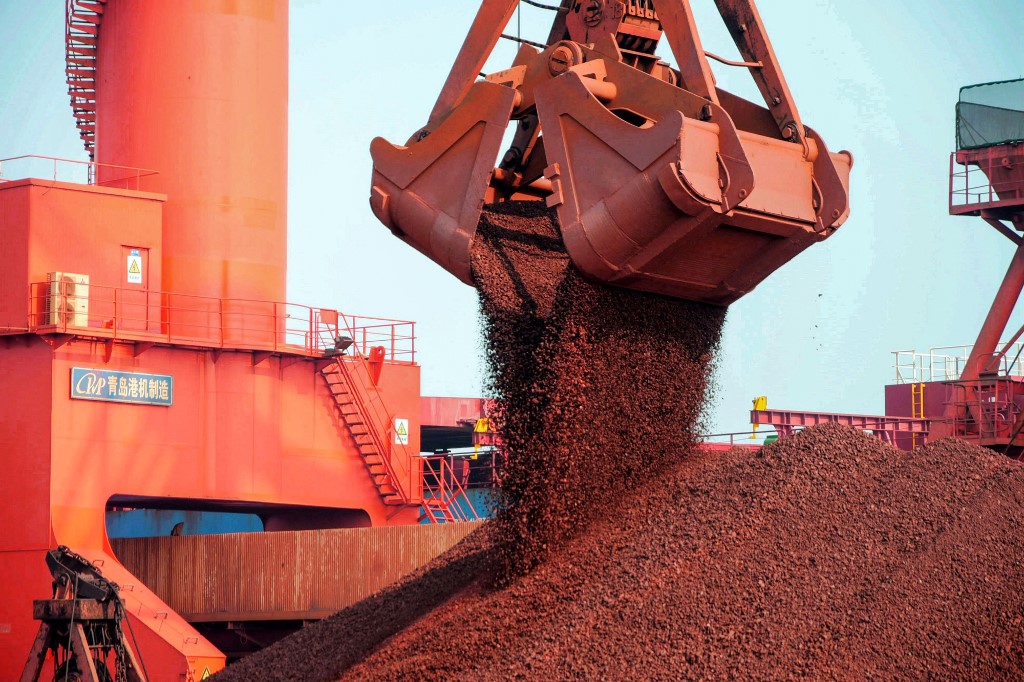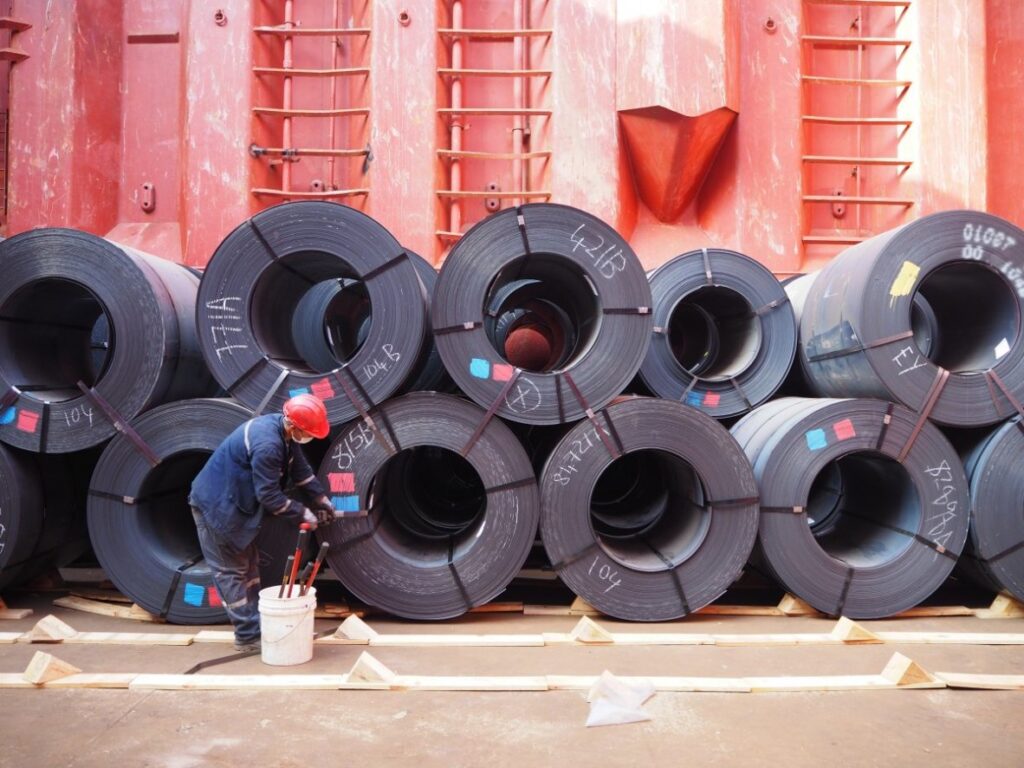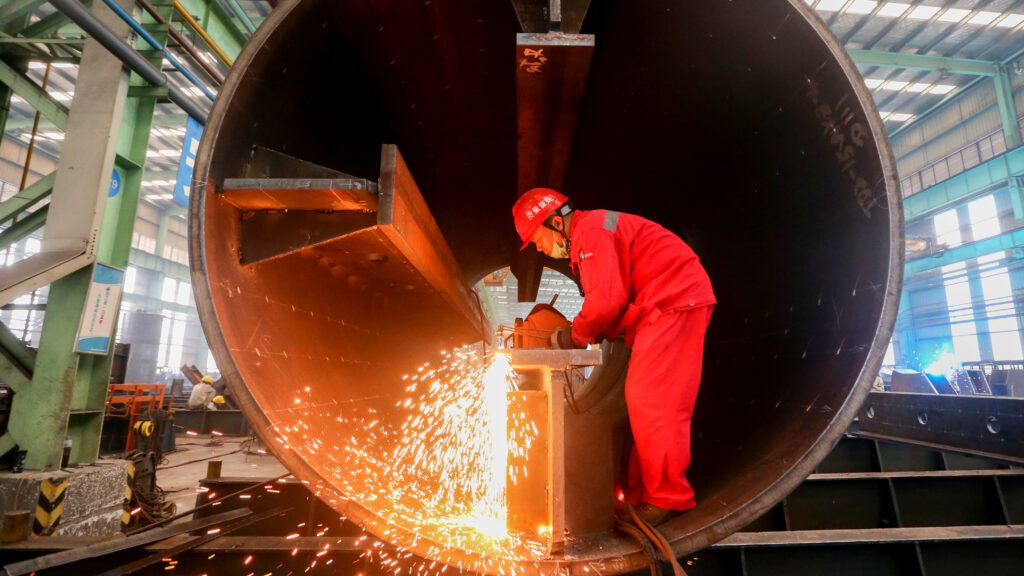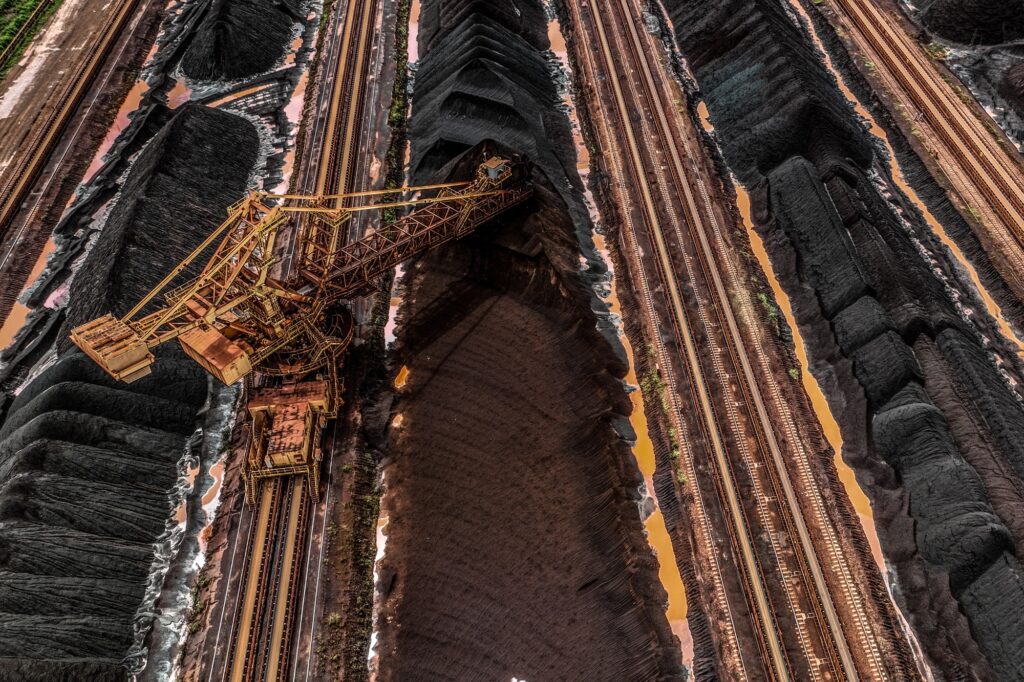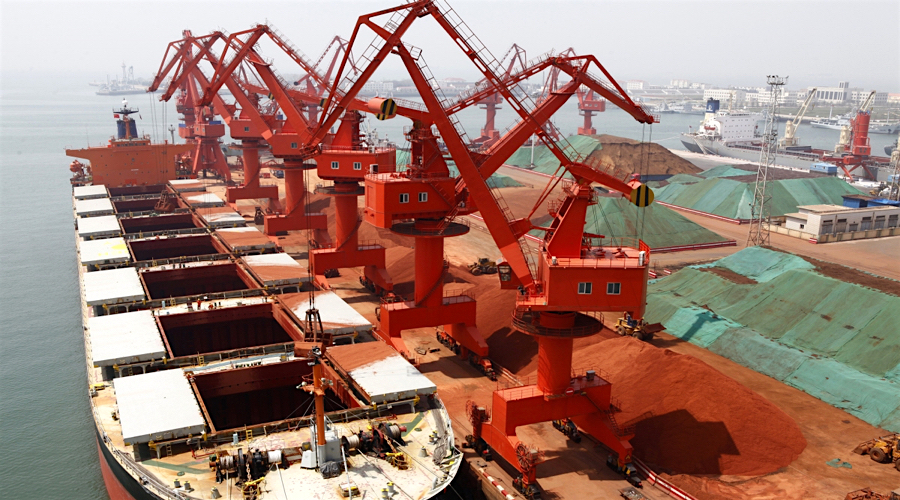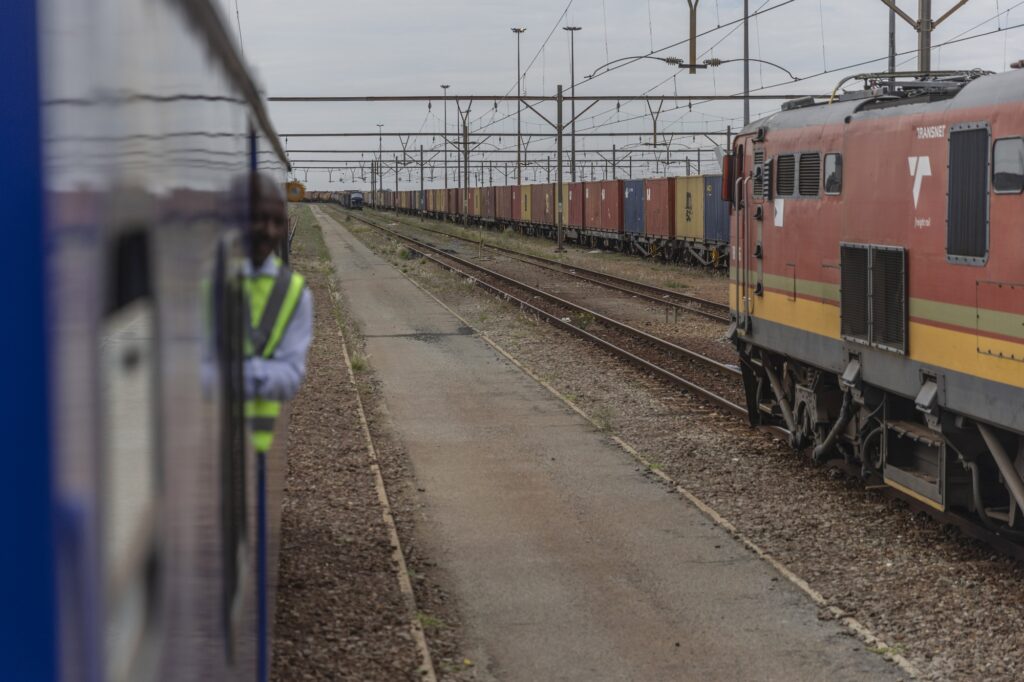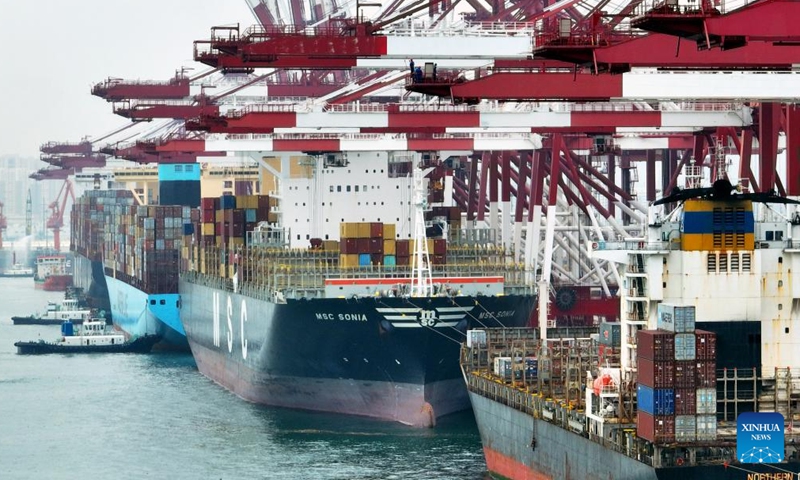The West African state of Guinea recently approved a joint development deal between the government, Rio Tinto/Simfer, and the Winning Consortium Simandou (WCS) consortia to develop the Simandou iron ore mining project.
The National Transition Council (NTC), Guinea’s legislative body under the interim regime, announced the deal’s approval on February 3. “In short, this agreement provides for…the construction of railway and port infrastructure, no later than December 31, 2025 and the start of iron ore production in the first quarter of 2026,” NTC said in a statement.
Simandou has 2.4 billion metric tonnes of estimated reserves, from which it can produce 2.25 billion metric tonnes of 65% Fe iron. Under the agreement, WSC will develop Blocks 1 and 2, while Rio Tinto / Simfer will develop the remaining two blocks. Combined, this represents over 1.46 million square kilometers of iron ore mining potential.

The Rio Tinto / Simfer consortium comprises the metals and mining multinational, which holds 53% in the two blocks. Meanwhile, the Simfer joint venture between Chalco Iron Ore Holdings and the Guinean government holds the remaining percentage in Blocks 1 and 2. Finally, Singapore-headquartered conglomerate Winning International Consortium, China’s Weiqiao Aluminium, and London-registered United Mining Suppliers comprise WSC.
An Untapped Resource Hub for Iron Ore Mining
Simandou is in Nzérékoré Region of southern Guinea, roughly 900 kilometers away from the capital and port city of Conakry. The council also mentioned the potential construction of a steel mill with an annual capacity of 500,000 metric tonnes, though it did not indicate if that would be crude steel or cast and rolled products. NTC added that work is also underway to construct a 670-kilometer, double-tracked line to Forécariah Prefecture on the Atlantic coast and a deep-water port at that site. Currently, it seems Chinese steelmakers will be the likely end-users of Simandou iron ore.
Author: Christopher Rivituso

